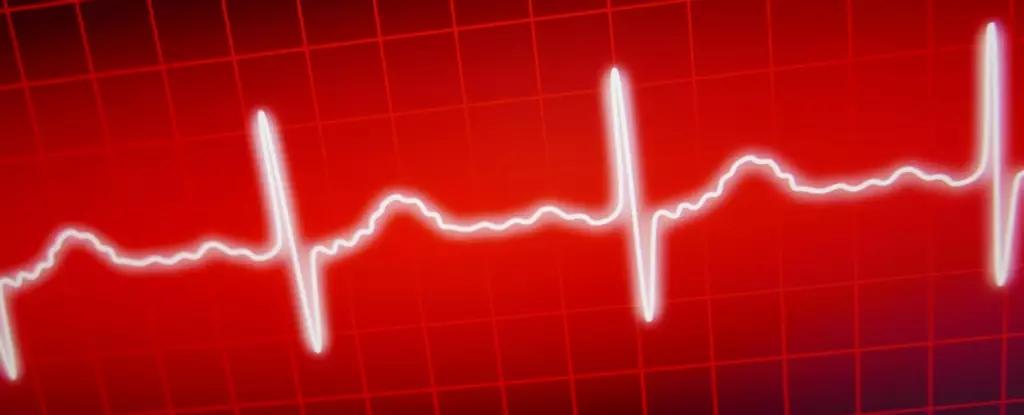In emergency medicine, time is of the essence, particularly in cardiac arrest situations where immediate intervention can mean the difference between life and death. As the healthcare community continues to refine protocols and techniques that can enhance patient outcomes, a recent study from Oregon Health & Sciences University (OHSU) sheds light on advanced methods of defibrillation. This research emphasizes the critical role of pad placement in defibrillators, suggesting that the positioning of electrodes can substantially influence the chances of reviving a patient.
Study Findings: A Game Changer?
The study analyzed 255 instances of cardiac arrest attended by the Tualatin Valley Fire & Rescue team and revealed key findings around the placement of defibrillator pads. Researchers discovered that utilizing the anterior-posterior (AP) placement—one pad on the chest and another on the back—enhanced the likelihood of achieving Return of Spontaneous Circulation (ROSC) by 2.64 times compared to the more commonly employed anterior-lateral (AL) placement, which sets one pad on the chest and the other on the side. These observations have initiated a profound discussion within the emergency medicine field, prompting calls for further research to explore the implications of these findings widely.
The Mechanism Behind Effective Pad Placement
The concept of AP pad placement is not entirely new; indeed, it has long been a staple practice for treating infants. However, its application in adult cases had not been fully scrutinized until now. The theoretical underpinning for the AP placement centers around how it might effectively “sandwich” the heart between the pads, thereby optimizing the electrical current’s flow through the heart muscle. Mohamud Daya, a professor at OHSU, explained, “The key is that you want energy that goes from one pad to the other through the heart.” This principle suggests that creating a more direct electrical pathway could increase the effectiveness of defibrillation efforts.
Despite the promising results of this observational study, several limitations warrant consideration. The research’s observational nature means that it lacked the controlled conditions necessary to ascertain definitive conclusions. External factors may have influenced the outcomes, complicating the interpretation of the data. Moreover, while the study found significant differences in restoring heartbeat rhythms, the disparities faded when examining actual long-term recovery rates upon hospital discharge. This nuance underscores that while defibrillator positioning is certainly important, it is only one factor in a comprehensive emergency medical response.
While the AL positioning may be easier to apply in emergency settings, especially during high-stress situations, the increased potential efficacy of the AP placement suggests that medical teams might need to undergo further training in this technique. The reality that only about 10% of out-of-hospital cardiac arrest victims survive emphasizes a pressing need to implement any method that could enhance survival rates. As Joshua Lupton, an assistant professor at OHSU, rightly points out, “The less time that you’re in cardiac arrest, the better.” This statement encapsulates the urgency for medical professionals to adapt to potentially lifesaving information gleaned from research such as this.
The findings of this study are more than just academic; they are an urgent call to action for the emergency medicine community. By evaluating and potentially redefining protocols surrounding defibrillator use, healthcare providers can refine their techniques and, most importantly, save lives. The research also highlights the necessity for continued investigation into best practices for cardiac arrest treatment, with the ultimate aim of increasing survival rates and improving the overall quality of emergency medical care. The conversation ignited by this study has the potential to usher in a new era of awareness and expertise that will benefit both healthcare professionals and their patients alike.


Leave a Reply